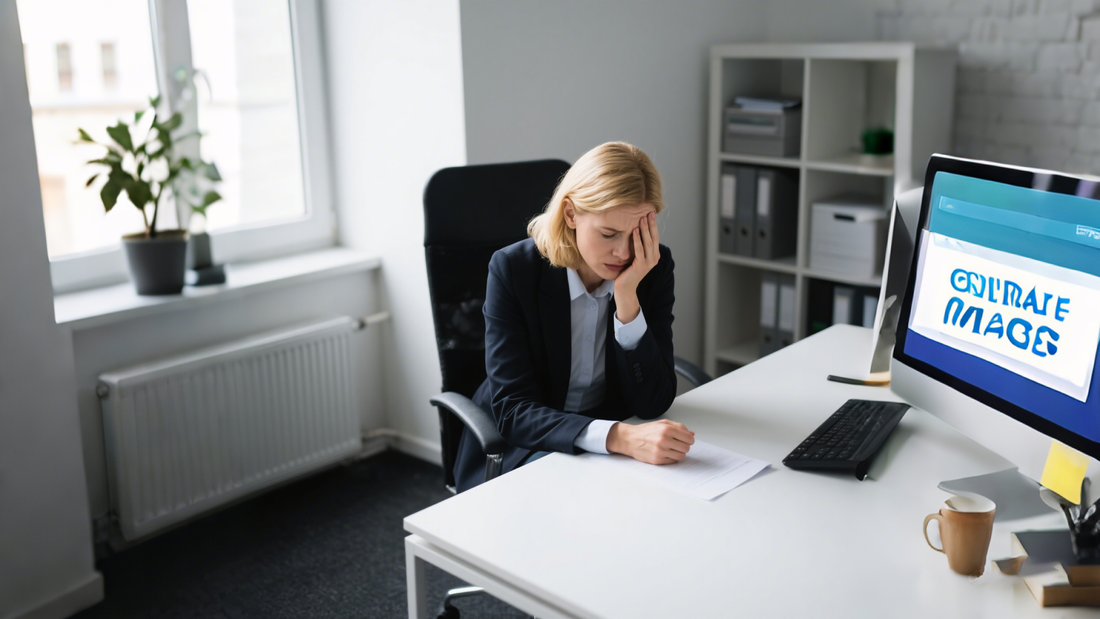
Calming the Mind with Moxibustion: A Natural Remedy for Anxiety
mars wuAnxiety in the Modern World
Anxiety is a common condition that affects millions of people worldwide. From everyday stress to chronic anxiety disorders, the feeling of being overwhelmed, restless, and out of control can be debilitating. Many people turn to medication or therapy, but what if there’s a natural, ancient solution that can help calm your mind without the side effects?
As a practitioner of Traditional Chinese Medicine (TCM), I’ve had the privilege of helping countless patients manage their anxiety with the healing powers of moxibustion. Moxibustion is a therapy that uses the warming properties of mugwort to stimulate specific points on the body, promoting balance and restoring the body’s natural energy flow (Qi).
In this post, I’ll explain how moxibustion can be used as an effective remedy for anxiety and offer practical insights into how it works and how it can be incorporated into your wellness routine.
What Is Moxibustion?
Moxibustion is a therapy in Traditional Chinese Medicine (TCM) that involves burning mugwort (Artemisia vulgaris) over specific acupoints on the body. The heat produced from the burning moxa stimulates circulation, unblocks energy pathways, and promotes healing. The therapy is believed to warm the body, dispel cold (both physical and emotional), and nourish the organs to restore balance.
Moxibustion is typically combined with acupuncture to target specific meridians and acupoints that are believed to govern the body’s mental and emotional health.
How Moxibustion Helps with Anxiety
In Traditional Chinese Medicine, anxiety is often seen as the result of an imbalance in the body’s Qi. Emotional stress, prolonged worry, and physical tension can cause Qi stagnation, especially in the Liver and Heart. This stagnation can lead to feelings of restlessness, irritability, and mental fatigue, which are common symptoms of anxiety.
Moxibustion can help by:
- Stimulating Qi flow: Moxibustion promotes the smooth flow of energy (Qi) throughout the body. This helps to release stagnation, reduce stress, and improve emotional clarity.
- Calming the mind: By targeting specific acupoints related to the Heart, Liver, and Spleen, moxibustion helps calm the Shen (spirit), which is believed to be disturbed during episodes of anxiety.
- Regulating hormones: Moxibustion can help balance the hormonal system, promoting a sense of well-being and emotional stability.
- Releasing physical tension: The heat from moxibustion also helps relieve muscle tension, which is often associated with anxiety and stress.
Key Acupoints for Anxiety Relief with Moxibustion
There are several key acupoints that are particularly effective in treating anxiety with moxibustion. These acupoints are known to calm the mind, reduce stress, and promote relaxation.
1. Pericardium 6 (Neiguan) – This acupoint, located on the inner forearm, is known for its ability to calm the mind, reduce anxiety, and improve sleep.

2. Heart 7 (Shenmen) – Located on the wrist, this point is essential for calming the spirit and treating emotional unrest.

3. Liver 3 (Taichong) – This point, found on the foot, is known to release Liver Qi stagnation, which can help reduce irritability and emotional tension.

4. Stomach 36 (Zusanli) – Known as a general energy booster, ST36 helps nourish Qi and calm the mind.

5. Spleen 6 (Sanyinjiao) – Located on the inner leg, SP6 supports emotional well-being and balances hormones, helping to reduce stress and anxiety.

Rachel’s Experience: How Moxibustion Helped Her Anxiety
Rachel, a 38-year-old marketing professional, came to me after struggling with chronic anxiety and insomnia for several years. Despite trying therapy and medication, she felt that her anxiety was still controlling her life. After learning about the benefits of moxibustion for emotional health, she decided to give it a try.
After just three sessions of moxibustion, Rachel noticed a significant reduction in her anxiety levels. She reported feeling more relaxed and able to sleep better. By the end of six weeks, she shared that she no longer experienced the overwhelming sense of nervousness and fear that once dominated her daily life.
Rachel’s story is just one example of how moxibustion can help bring balance and peace back to the body and mind, offering a natural remedy for anxiety.
How to Use Moxibustion for Anxiety at Home
For those new to moxibustion, it can also be practiced safely at home. Here’s how you can get started:
- Purchase a moxa stick: Be sure to choose high-quality, aged moxa for optimal results.
- Target key acupoints: Use Pericardium 6 (Neiguan) and Heart 7 (Shenmen) to start.
- Apply the heat: Light the moxa stick and hold it a few inches above the skin over the acupoint for 10-15 minutes.
- Consistency is key: Use moxibustion 2-3 times a week for best results.
Note: Always be careful to avoid direct contact with the skin and use moxa in a well-ventilated area.
Conclusion
In today’s world, where stress and anxiety are prevalent, moxibustion offers a gentle, natural remedy that restores balance to both the body and the mind. By targeting specific acupoints and promoting the smooth flow of Qi, moxibustion helps relieve anxiety and emotional tension. Whether you’re dealing with chronic anxiety, insomnia, or simply looking for ways to enhance your emotional health, moxibustion can help you regain a sense of peace and calm.
